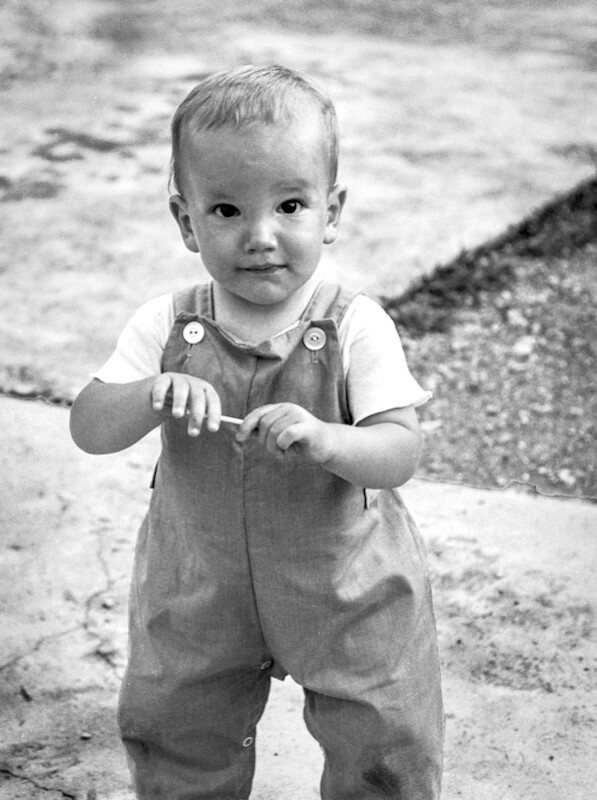Michael Stone 1965-1984
Michael P. Stone, our only child, died of AIDS in November 1984, the Sunday after Thanksgiving. Michael was 19 and a senior at the University of California, Santa Cruz.
He had a short but full life. As a elementary school child he was part of Ballet Celeste, a children's dance company. He was also a member of the San Francisco Boys Chorus and traveled with them to the Christmas Tree lighting ceremony at the White House when President Ford was in office.
He also did extensive traveling both in South America and Europe. He spent his Junior college year abroad in Lima, Peru. He spoke fluent Spanish and was also a photographer. He had a very bright future ahead.
After his death, I made a quilt as a visual reminder of Michael's life as part of the NAMES Project AIDS Memorial Quilt. This photographic series is also a visual reminder of Michael's life.
My husband and I received a call on a Saturday morning from a physician at a Santa Cruz hospital, who said that Michael had been admitted to the hospital with a serious illness. The physician indicated that if we wanted to see our son alive, we had better rush down to Santa Cruz.
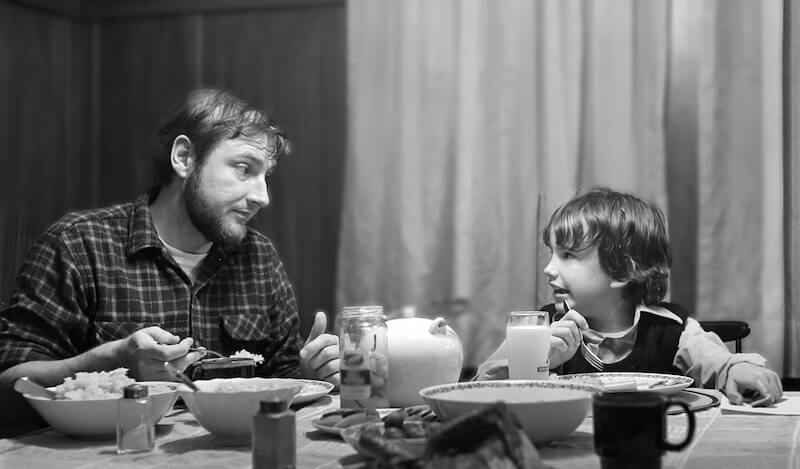
Remembering Michael © Judi Iranyi
He was indeed diagnosed with pneumocystis, a common AIDS-related illness. We remember the medical staffs' contagion hysteria: gowned and masked up. One of the nurses insisted that we get someone to give him last rites. We declined. Basically, the medical staff had written Michael off. And indeed, back in 1984, AIDS was a death sentence. If he had been diagnosed today, Michael would probably be still alive.
I have come to terms with our mortality, now realizing how fragile life is. Don't wait, do and say it now. I saw Michael mature and saw his courage. Most importantly, my husband and I were there to provide love and support. I am grateful that we had a chance to talk before he died. We could have spent our whole lives having never said the things that were said to each other in those last few weeks before he died.
After Michael's death, I went back to school and got my Master of Social Work (MSW) degree at San Francisco State University. While at school, I started an AIDS volunteer program at Kaiser Permanente Hospital here in San Francisco. Michael had our emotional support during his illness, but I realized how often many AIDS patients had little or no emotional support. And back then, the air was filled with hysteria and misinformation about the disease. The AIDS volunteer program provided emotional support and information to patients and their loved ones. After receiving my MSW degree, I became the social worker in Kaiser's dedicated AIDS unit. I worked with AIDS patients until 2001 when I retired from Kaiser.
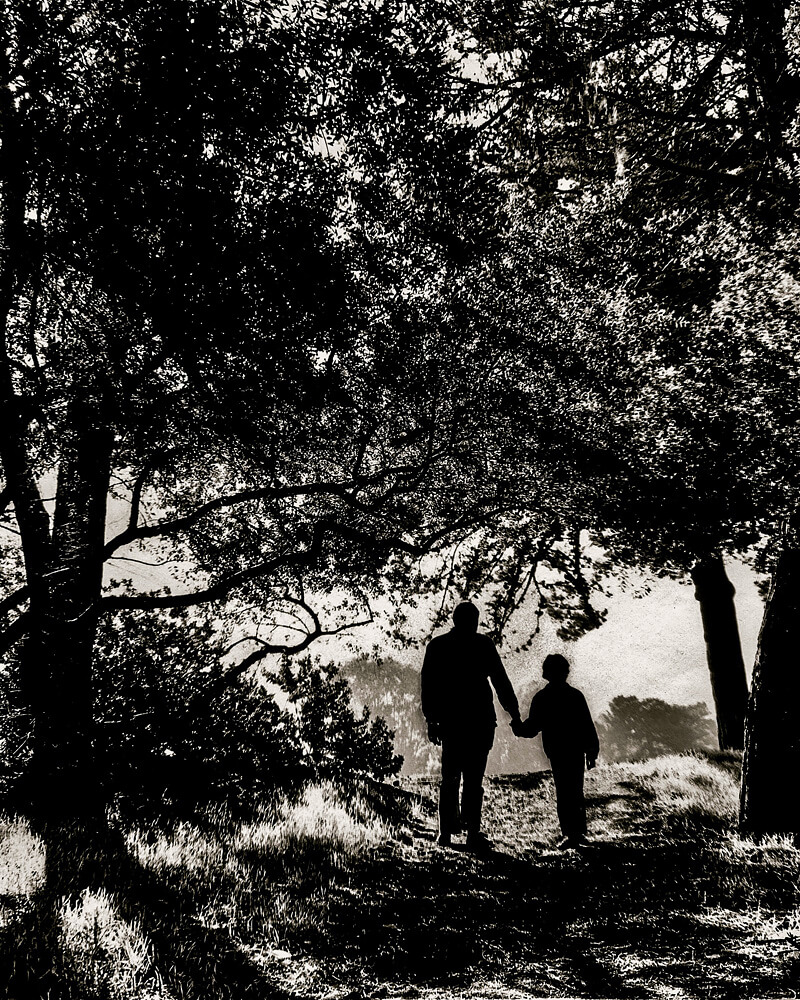
Remembering Michael © Judi Iranyi
From my own experience, I know that parents of a child suffering from a life-threatening illness face special problems. The death of a child is a devastating experience. It severely taxes a parent's adaptive capacities. In our society, a child's death is unexpected because children are supposed to outlive their parents. A child's death can tear a marriage apart. In our case, it brought us closer together.
A child's death is not something you get over, but you learn to live with the pain. I feel lucky to have many images from his life, they add physicality to the memories.
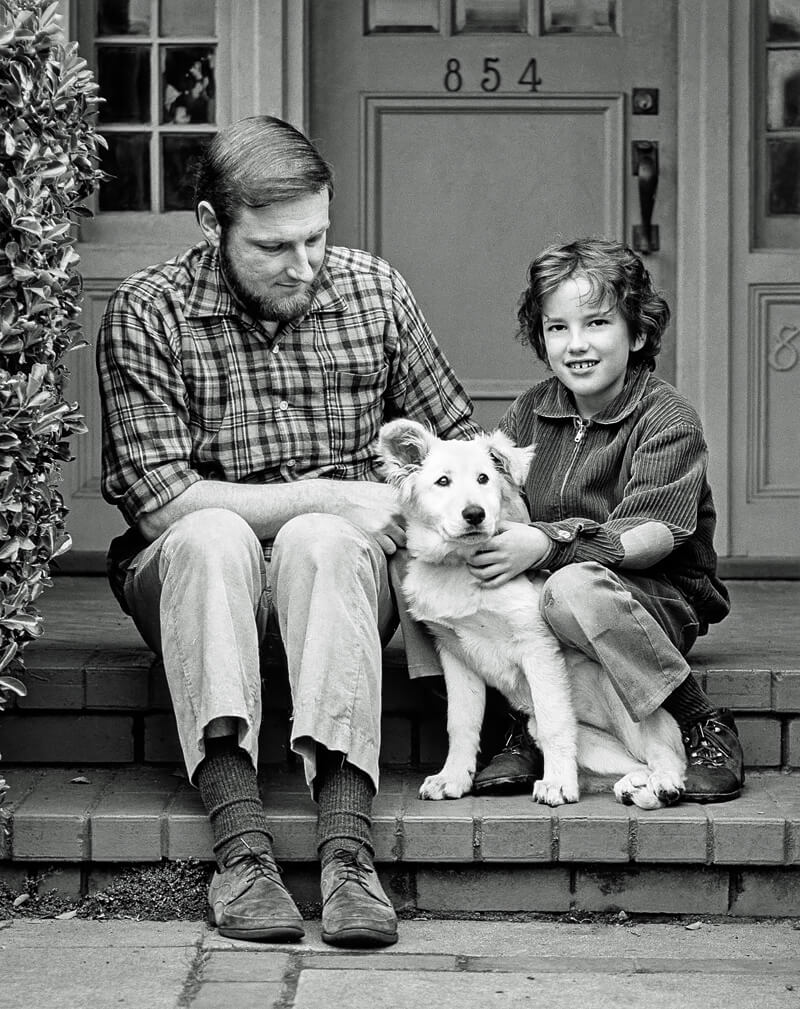
Remembering Michael © Judi Iranyi
We asked
Judi Iranyi a few questions about her work as a photographer
All About Photo: Tell us about your first introduction to photography, what drew you into this world?
Judi Iranyi: Photography has been an integral part of my life since the birth of my son Michael in 1965. My work is influenced by my upbringing and traveling. I was born in Hungary and my parents emigrated to Venezuela. We left Venezuela after I finished high school and moved to Germany. I met my husband in Germany and our son was born there.
We then moved to the United States. My husband was then posted to Okinawa and we lived there for two years. Then it was back to the States, first on East Coast, and then to San Francisco, where we have been for the last forty-seven years. When I retired in 2013, I entered the member's exhibition at Camerawork and my book about Bay Area families was one of the ten jury selections. This was the start of my art photography. I was lucky to meet Ann Jastrab and Sarah Christianson, who were very supportive and helped me to start exhibiting my work and continue making images.
Did you have any formal training in Photography?
I went to San Francisco City College and finished the two-year commercial photography program. I then got my BA in Art at San Francisco State University. I then went to U.C. Berkeley and got a Masters in Visual Design. There I studied with William Garnet. I became interested in Museum work and went to a Museum Studies program at John F. Kennedy University.
I tried commercial Photography but that was not a good fit for me.
I continued to take photographs, I visited Museums and Photography exhibits in the San Francisco Bay Area, New York City, and all over the world.
I was lucky that I was able to travel all over the world, in my travels I was interested in the people and the different cultures of each place.
My life got turned over when my son died of AIDS in 1984. After his death, I went back and got a Masters in Social Work and worked as a Social Worker until my retirement.
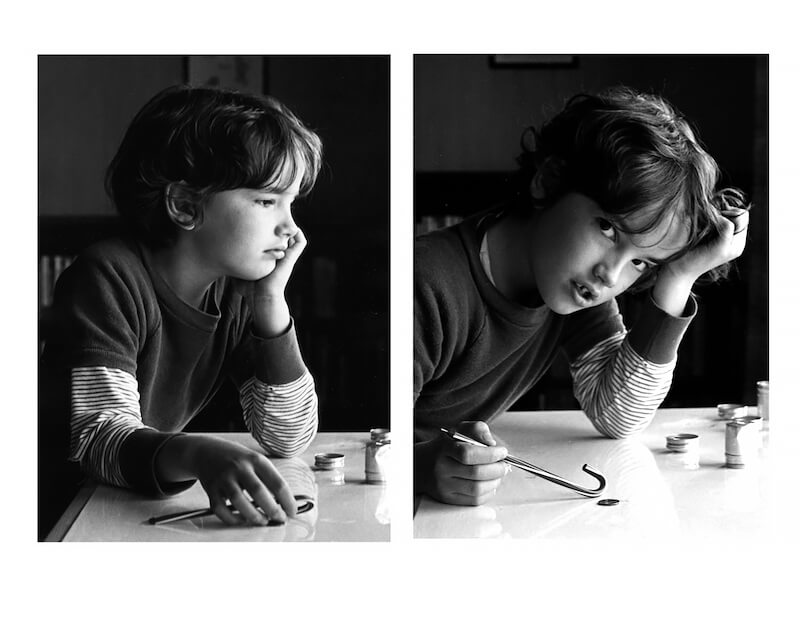
Remembering Michael © Judi Iranyi
I love to take portraits both of individual people and families, I like the interaction that happens when you photograph people. In my travels, I photograph people, culture and landscapes, especially old monuments and ancient sites.
I always have my camera with me so I also do a lot of street photography. I admit that I am not too organized and choose projects in the moment, some I finish, others I don't.
What equipment do you use?
When I started I was using a 4x5 camera which I found very hard to lug around and it made me feel very conspicuous. I did not want to attract attention. Also I could not see traveling with a 4x5 camera. I switched to a twin-lens Mamiya, I also used various 35mm cameras. Currently, I use a digital Sony mirrorless camera. I like it because it is very compact and fits in my purse. I was never into fancy equipment; I was interested in the images, I also have used disposable cameras when my camera was not available due to malfunctioning or misplacing my Sony.
Today, I mostly use my digital camera but at times I want to use film and then I use disposable cameras.
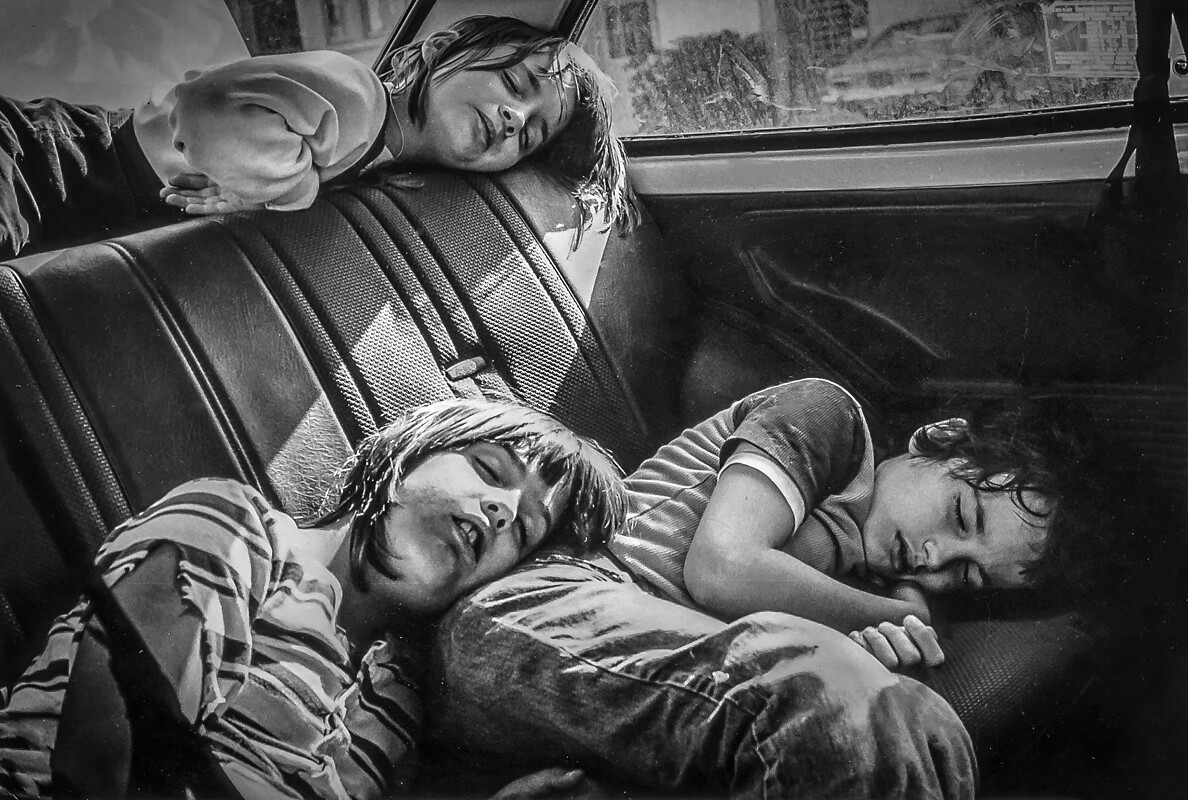
Remembering Michael © Judi Iranyi
Yes I do do, because I shoot a lot, since I am not sure that I will return to that place in the future.
You have traveled to many many counties, is there one that stands out more than others?
They all do, but I especially enjoyed Africa; the people, the landscapes and animals were so different from what I expected.
Do you have a favorite photographer?
I admire many photographers including: Sebastian Salgado, Yusuf Karsh, Imogen Cunningham, Joseph Koudelka, Henri Cartier-Bresson, W.Eugene Smith, Dorothea Lange, Andre Kertesz, Julia Margaret Cameron, Dora Mar, Sheila Metzner, Olivia Parker, Marie Cosindas, Jerry Ulsman and Brigitte Carnochan.
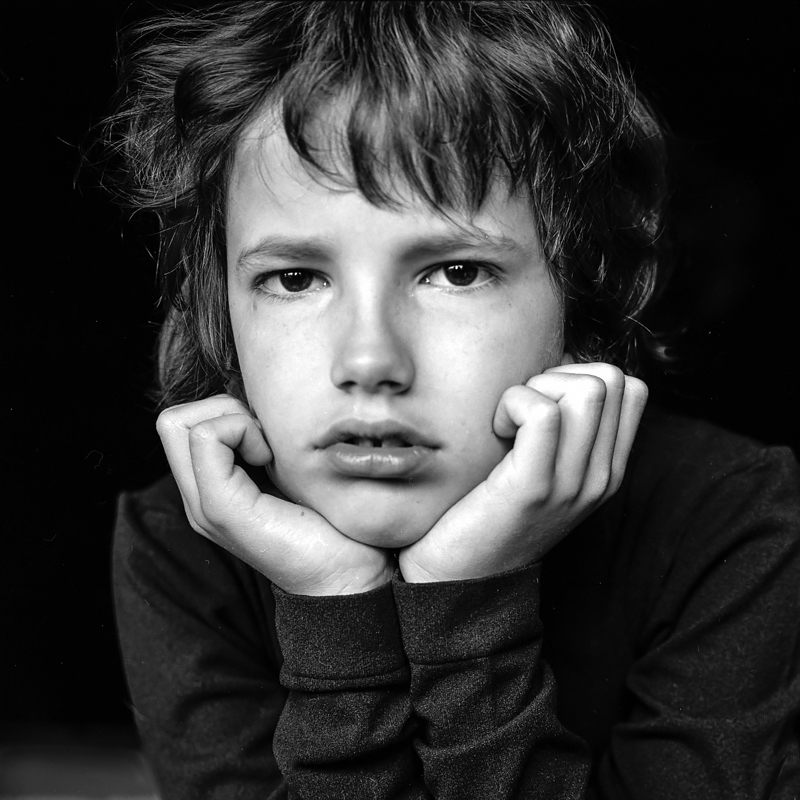
Remembering Michael © Judi Iranyi
I used to prefer black and white but now I also use color. I continue to love and use sepia tones.
What are your current and future projects?
I am working on a series of portraits of older people and friends. Scanning my negatives, organizing my digital images and learning to hand color my photographs.
What inspires you?
People, art, literature and things that are new to me.
What are your other passions?
Literature is very important to me. I read every day both fiction and nonfiction. I also enjoy music and traveling.
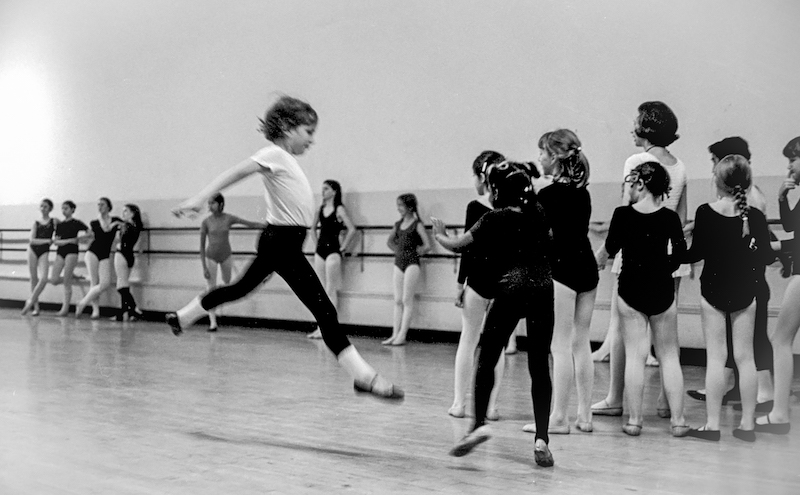
Remembering Michael © Judi Iranyi
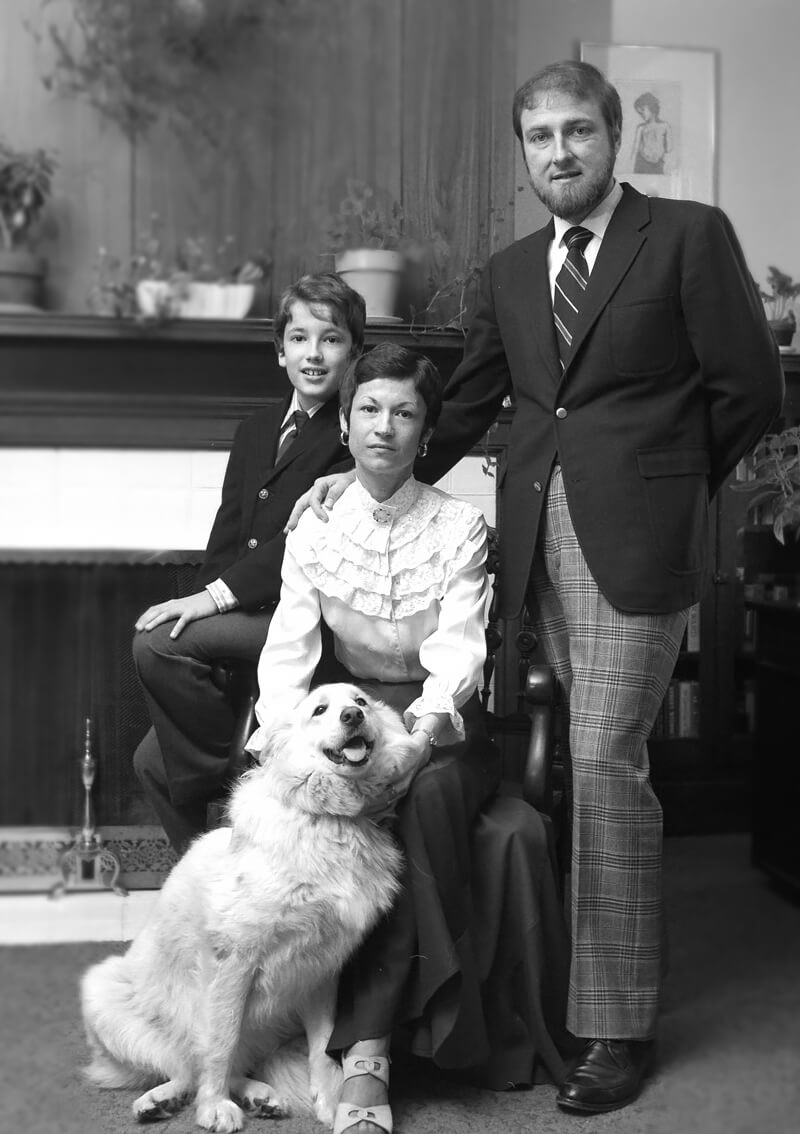
Remembering Michael © Judi Iranyi
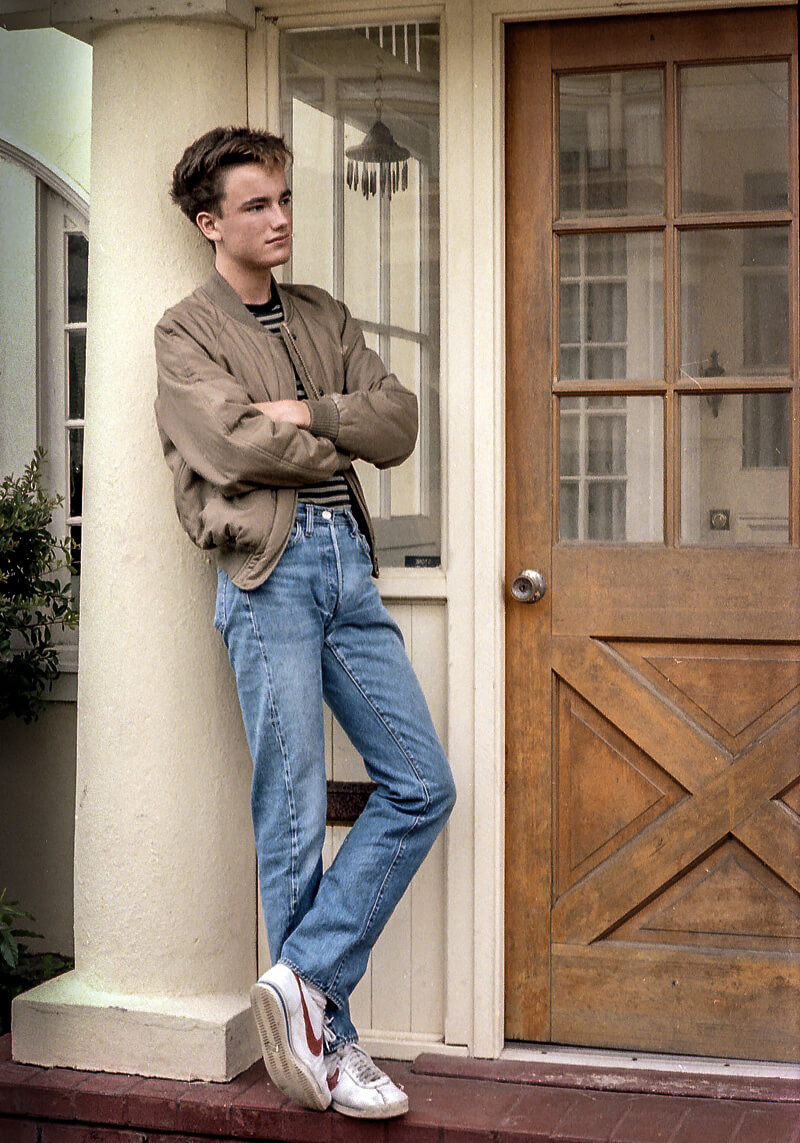
Remembering Michael © Judi Iranyi
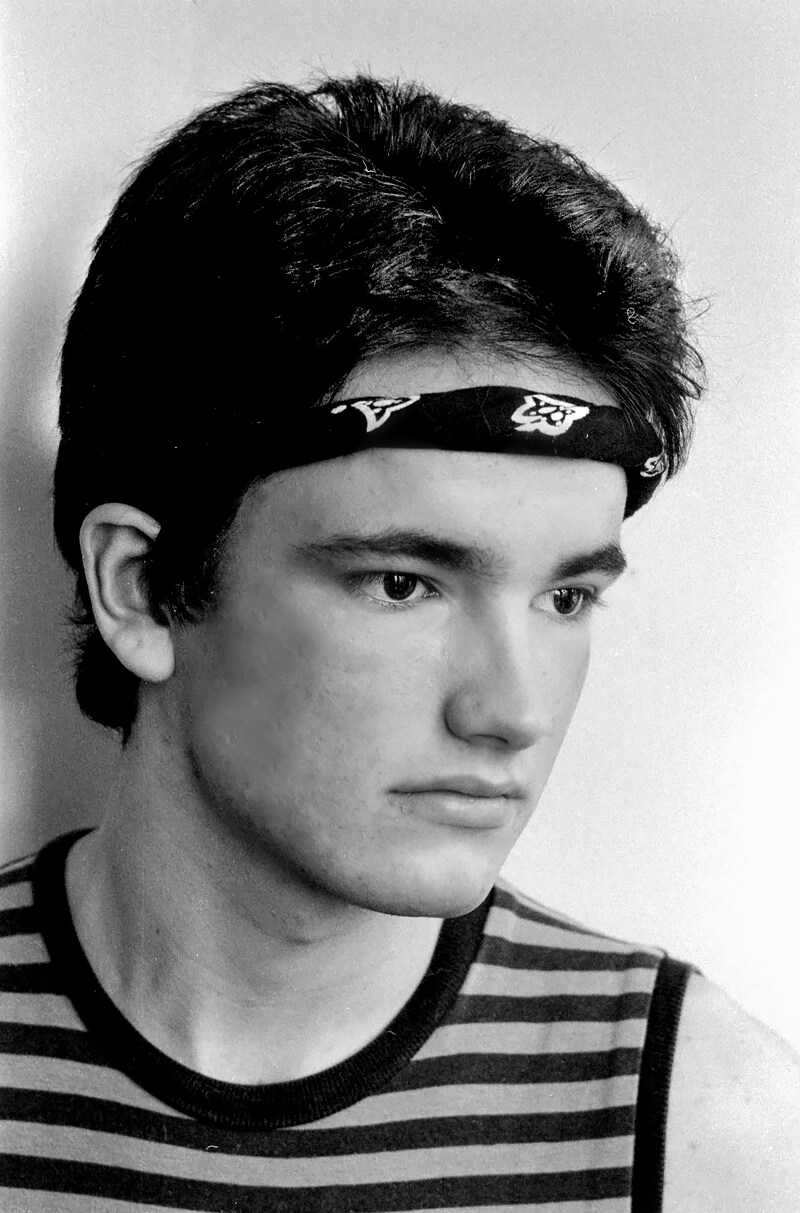
Remembering Michael © Judi Iranyi
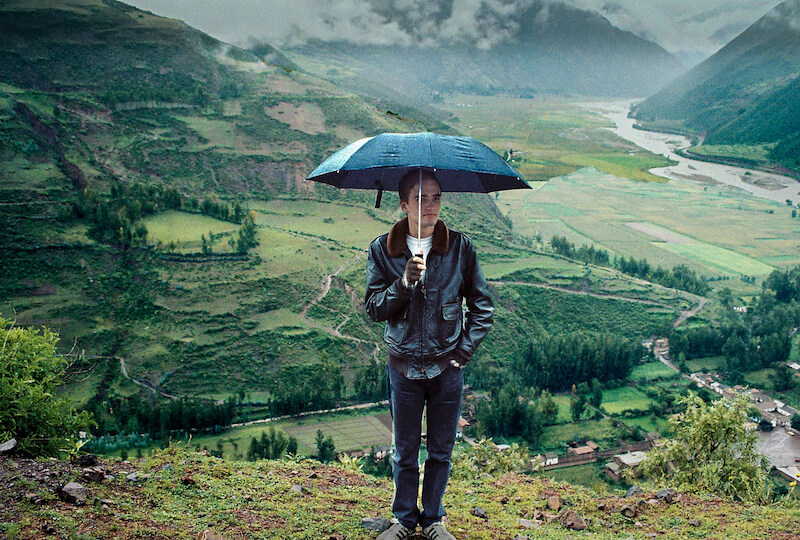
Remembering Michael © Judi Iranyi
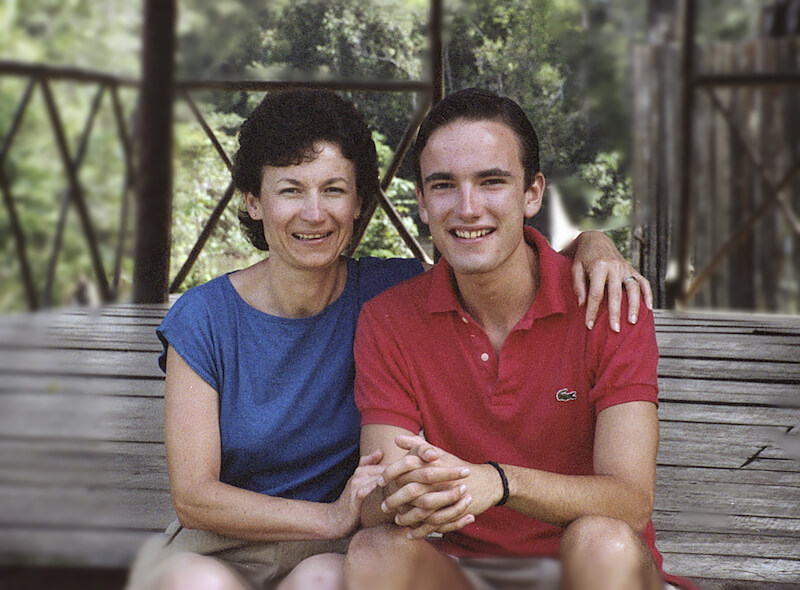
Remembering Michael © Judi Iranyi
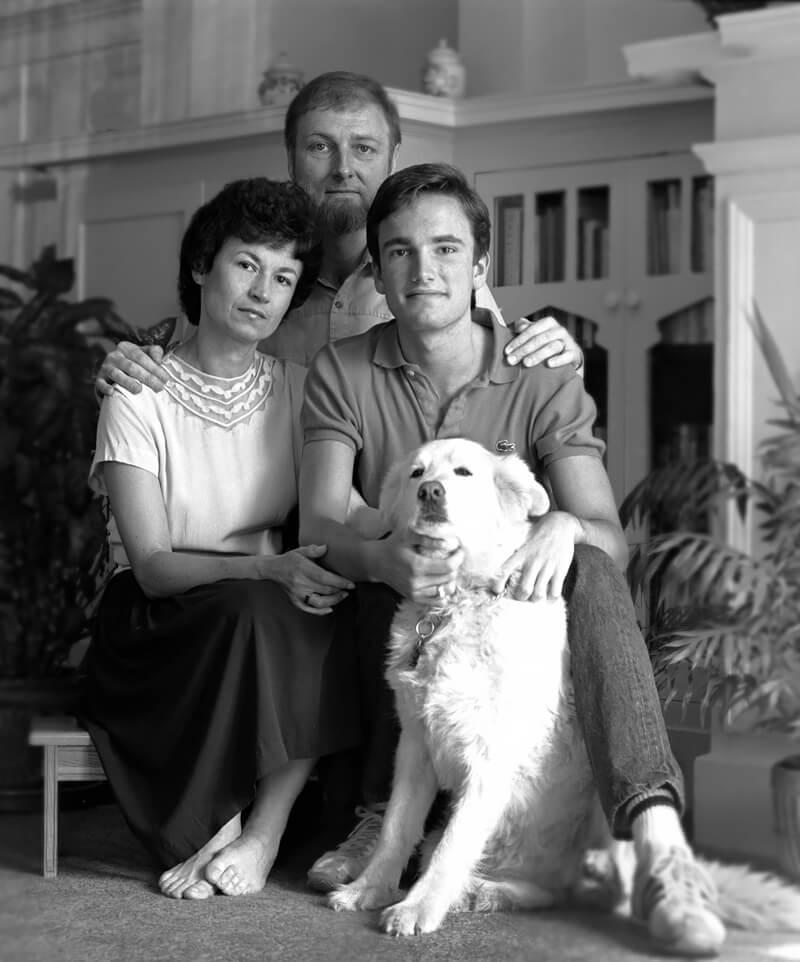
Remembering Michael © Judi Iranyi
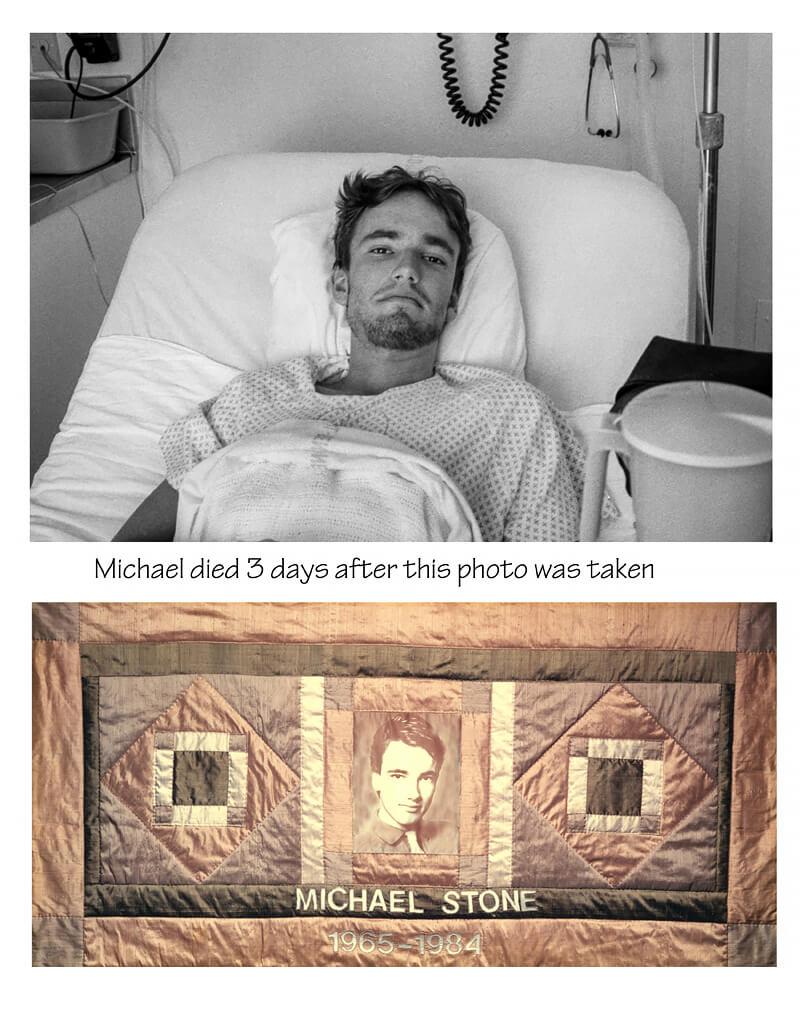
Remembering Michael © Judi Iranyi
